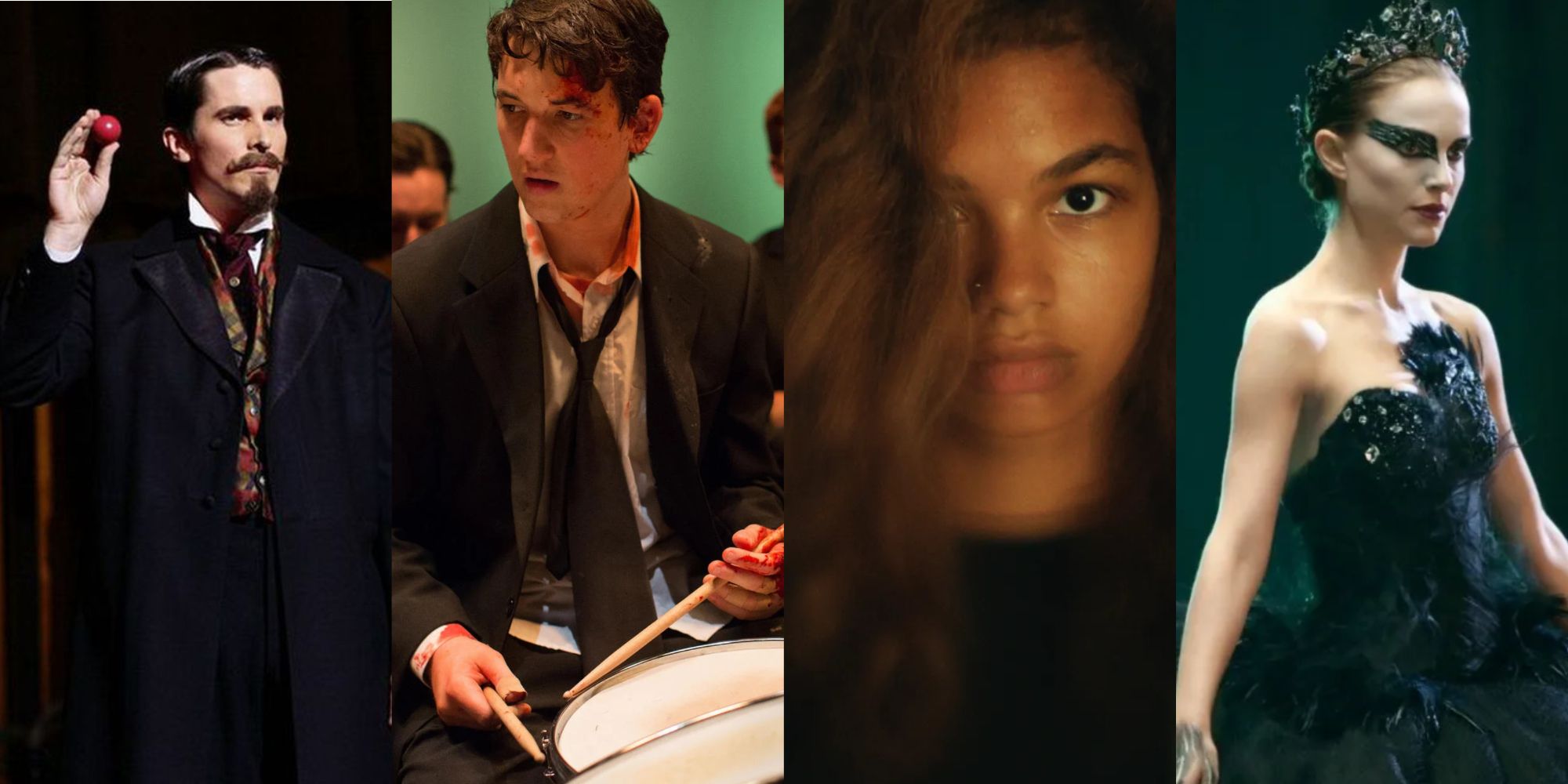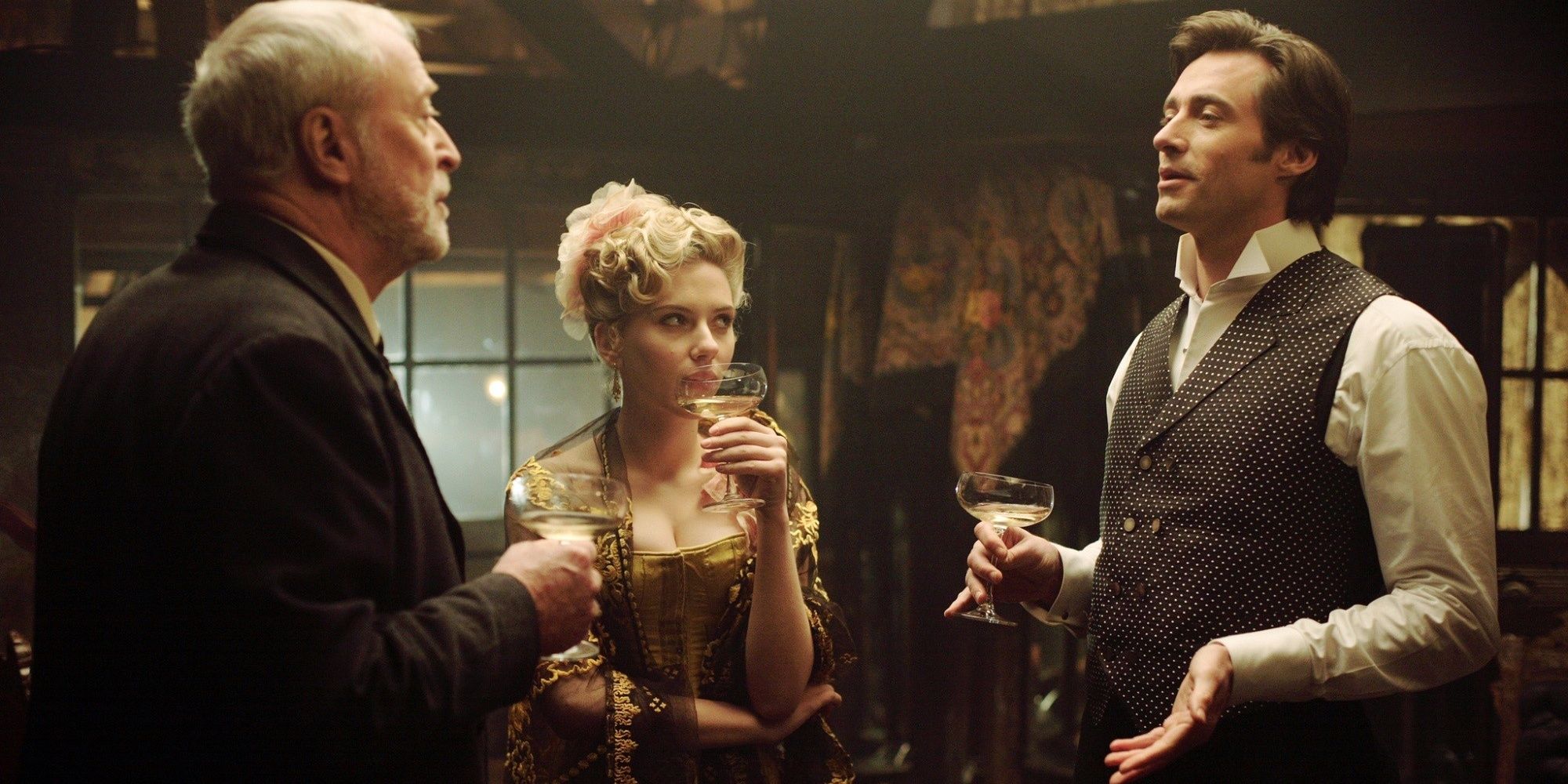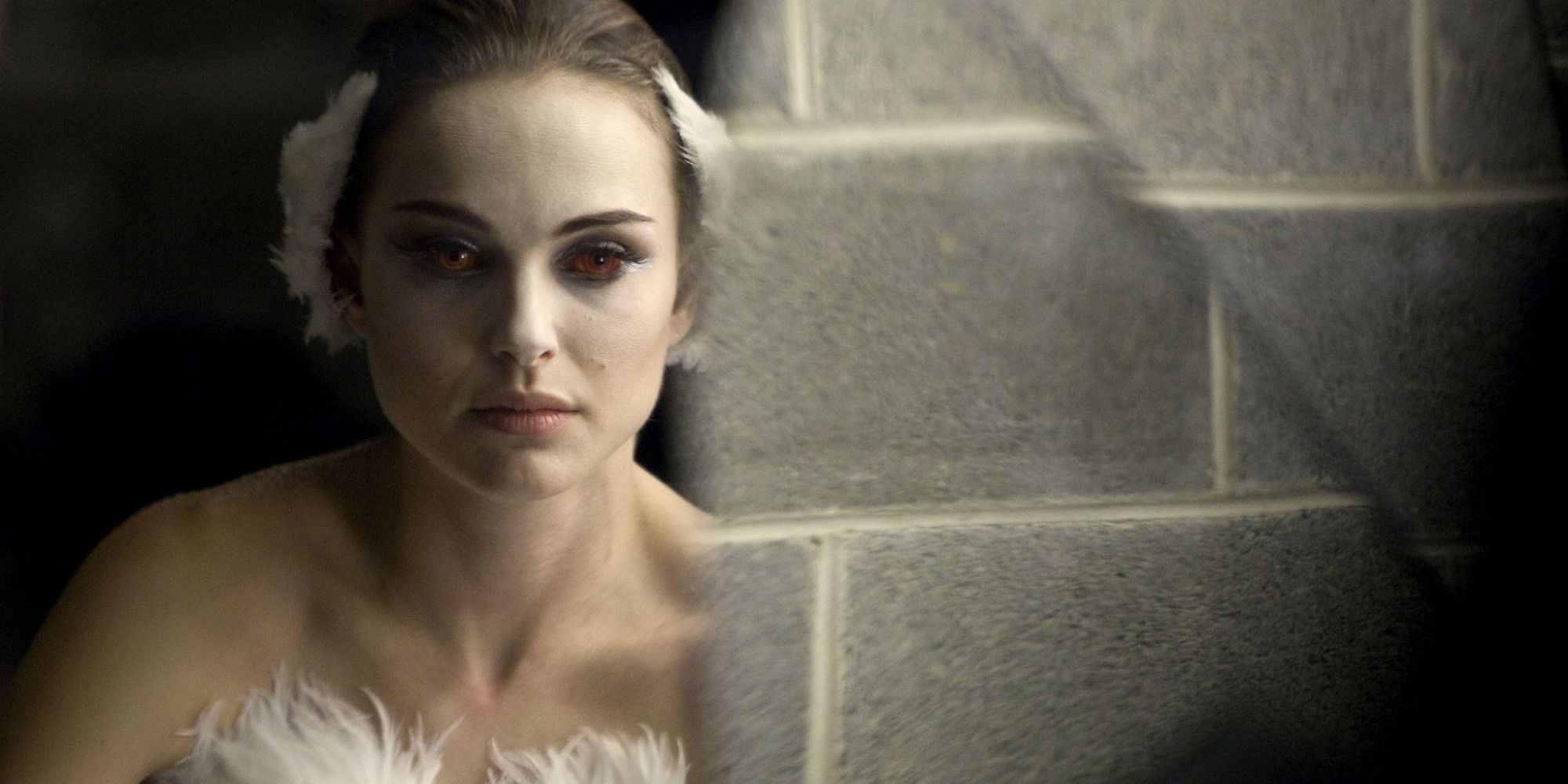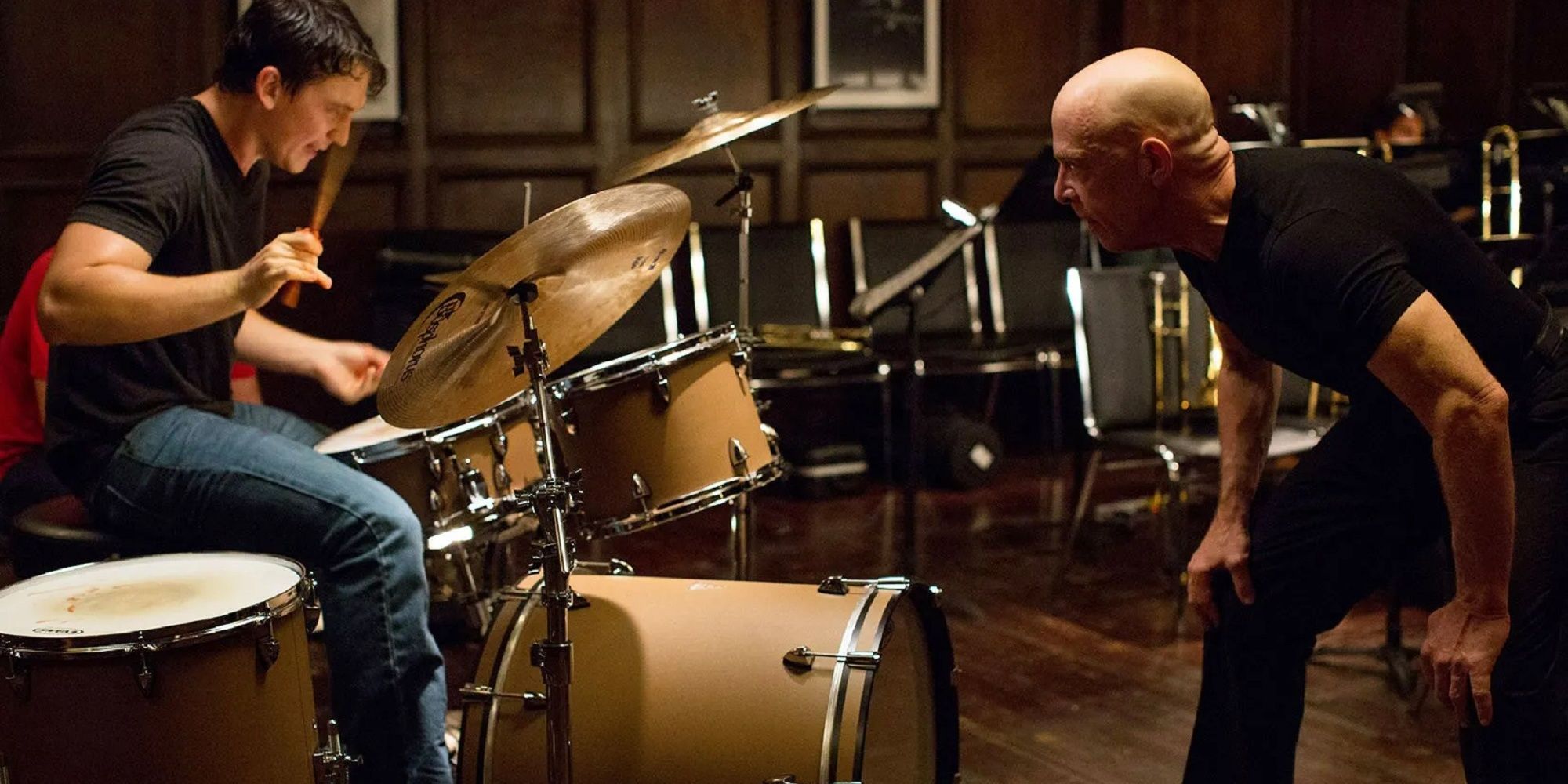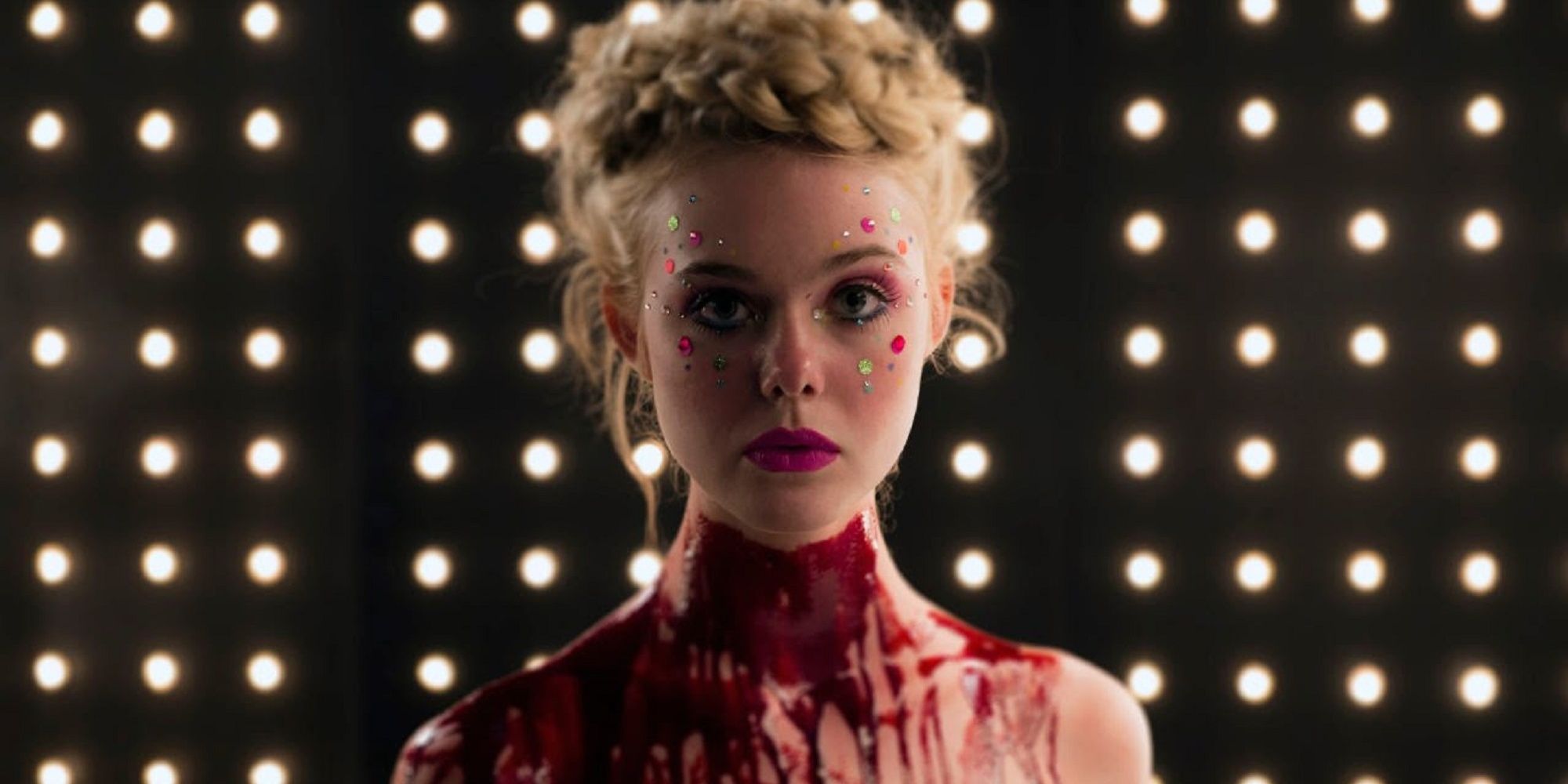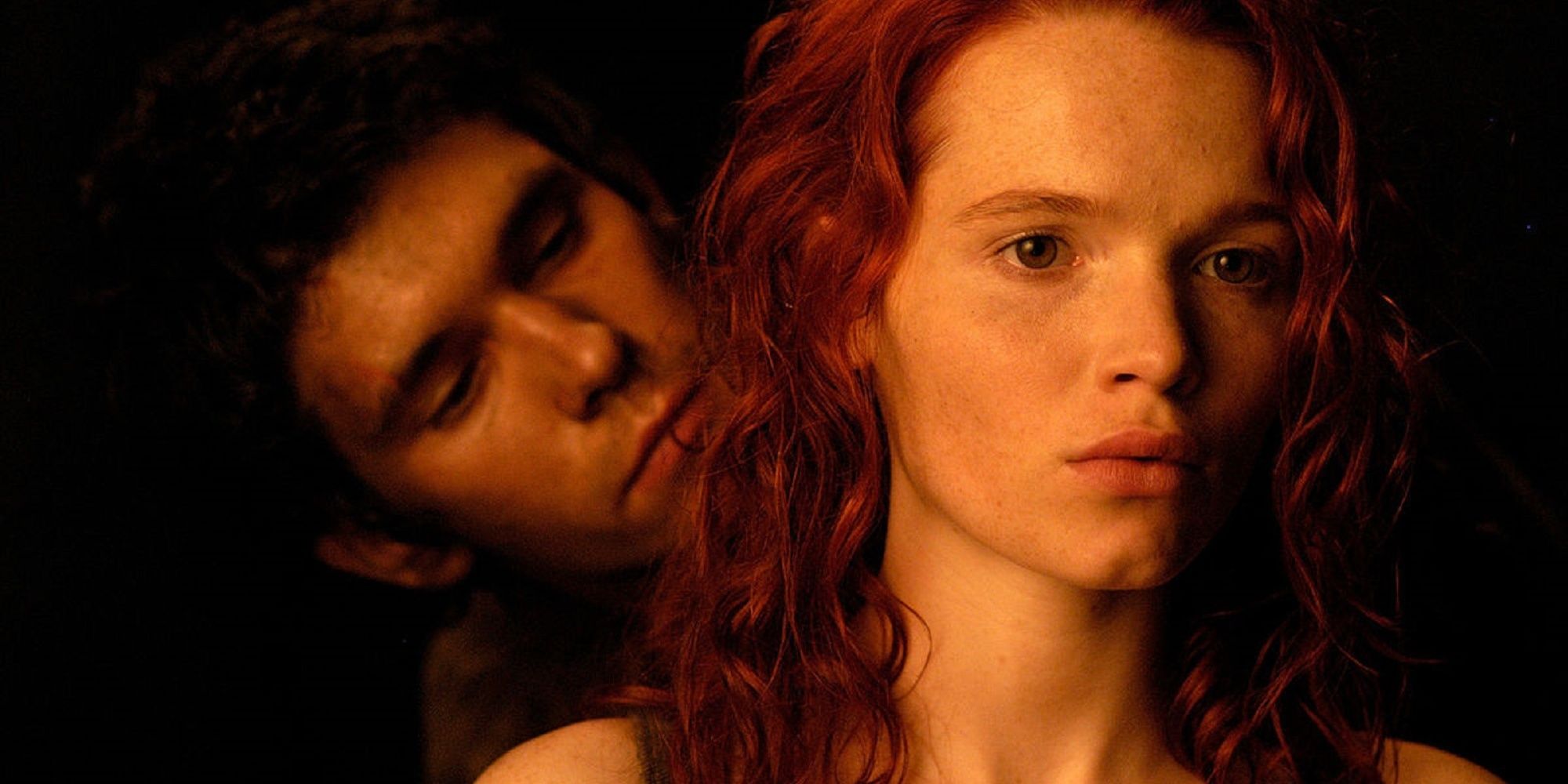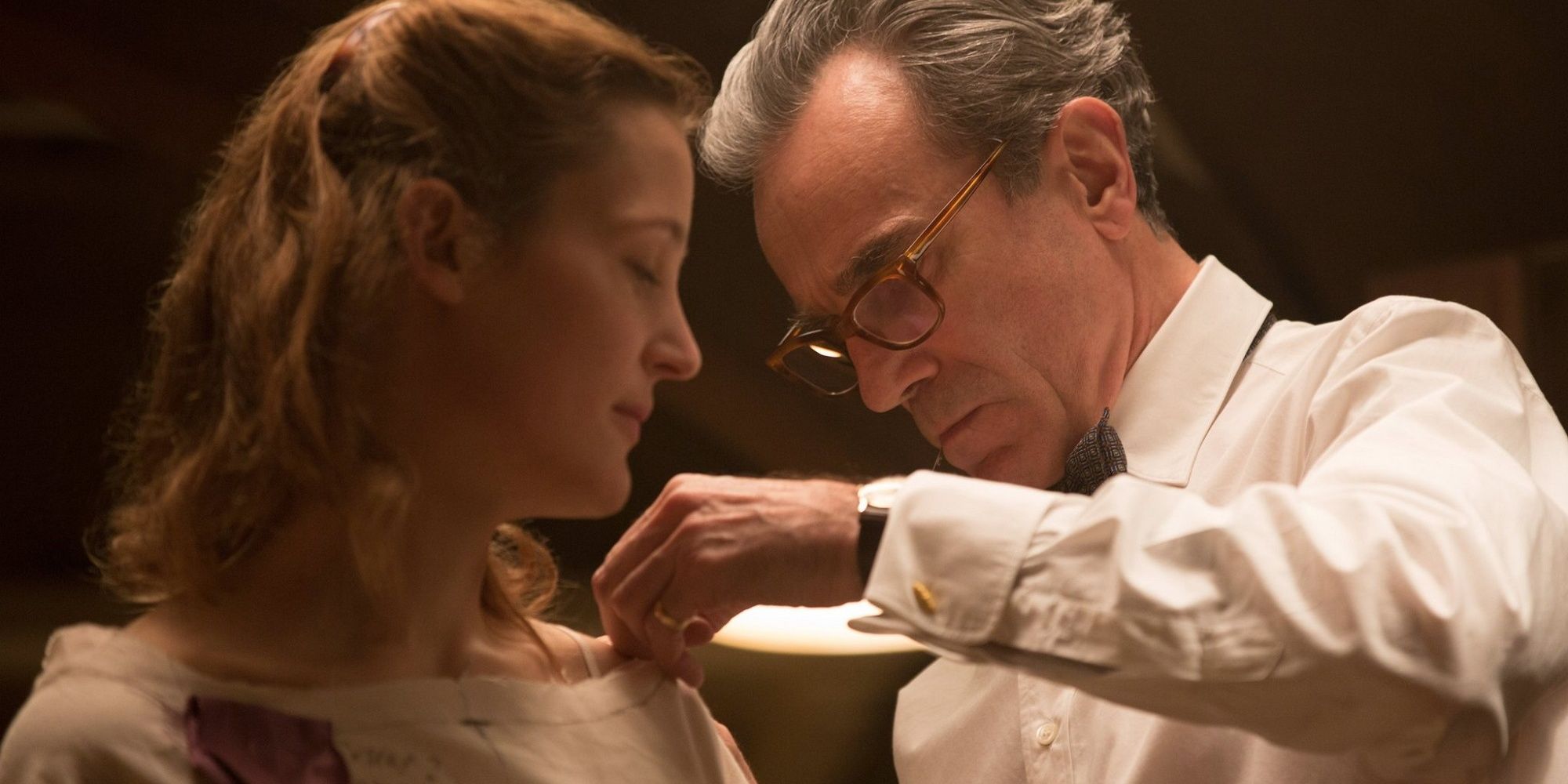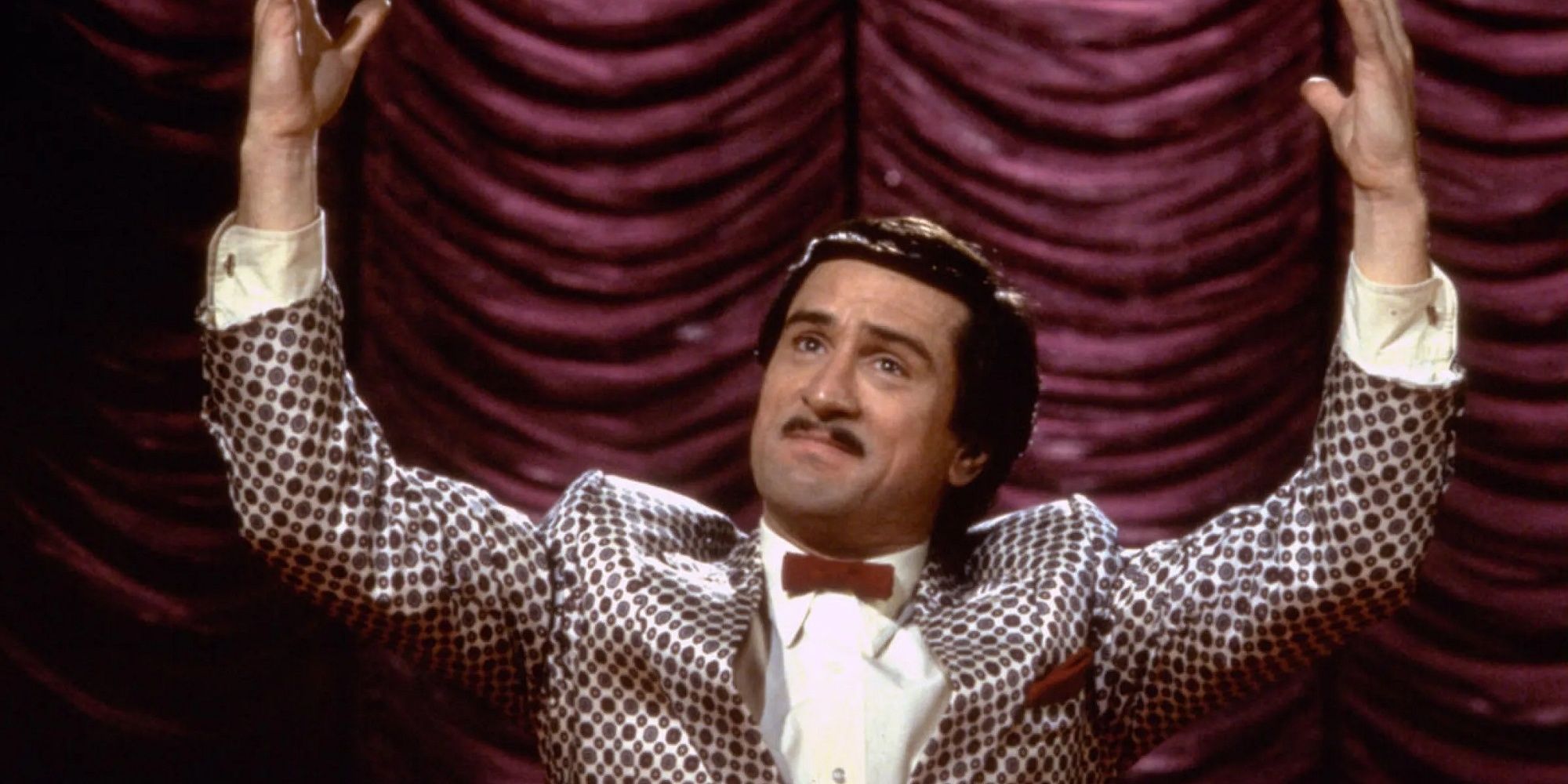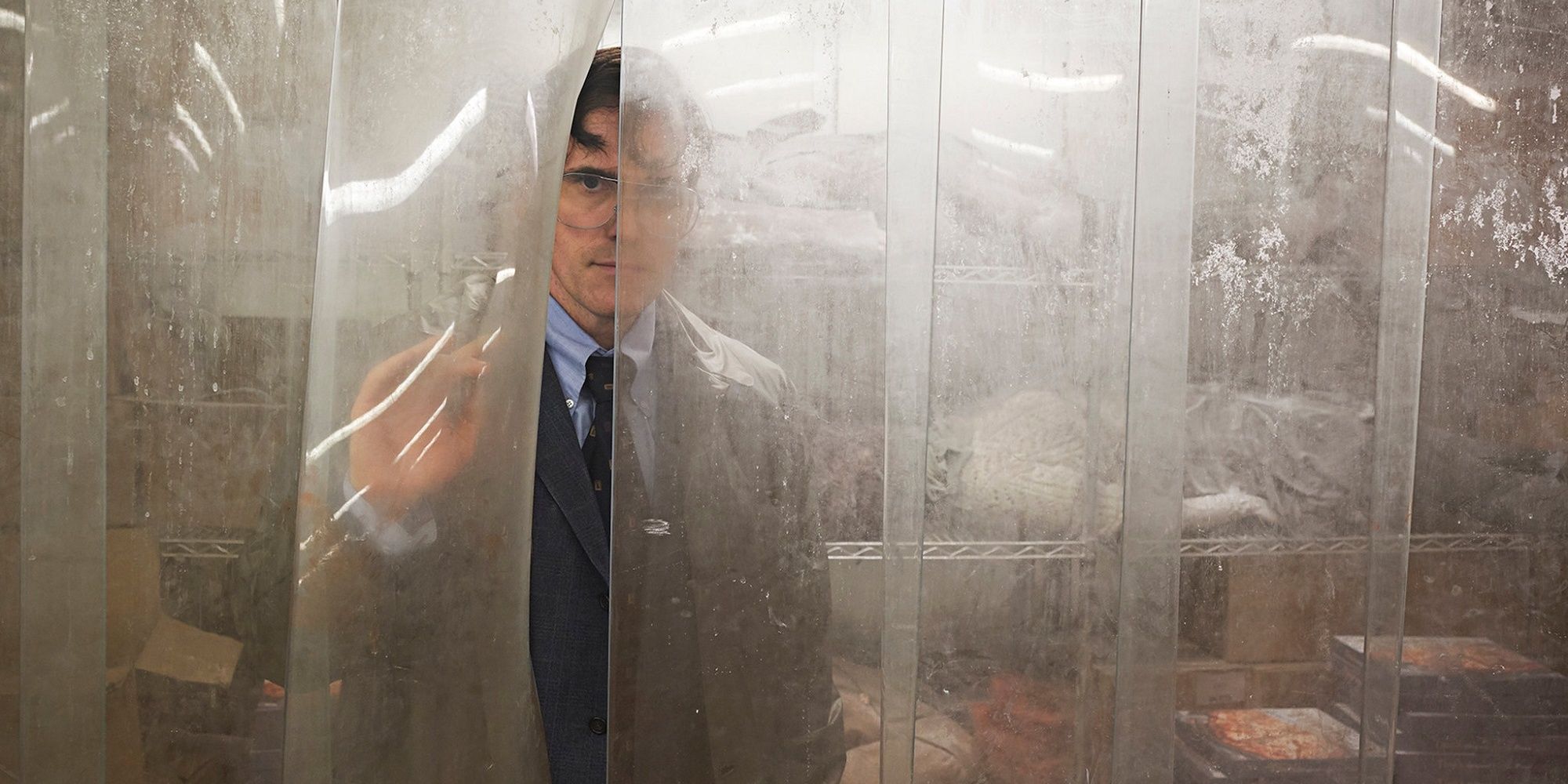The journey of the artist has long been thought of as being just as important as the artist's final product. After all, art is not just what is produced, but the raw emotions and terrifying feelings that go into creating it. It is under the sheer weight of perfection that many artists fall into the obsessions of both their minds and their work.
There is a fine line between the artist and their work, and many feel that a part of themselves is taken with every piece. The seductive nature of sharing yourself with the world is what makes art so heart-wrenchingly beautiful. There have been many movies about the artist and their obsessions, and the most interesting characters always end up losing themselves in the creation of their perfect work.
'The Prestige' (2006)
The Prestige is still one of Christopher Nolan's best works. His films always have an aura of mystery and a hint of the unhinged in them, but The Prestige had audiences holding their breaths until the end. Set in Edwardian London, two rival magicians are partners until the tragic death of an assistant during a show. A feud is bitterly created when one of them performs the ultimate magic trick of teleportation, driving Robert Angier to the brink of insanity while he tries to figure it out.
In Robert's search for the impossible, he loses himself and his entire life in the process. His desire for perfecting the art of illusion and his magic shows comes at a high cost – he jeopardizes the lives around him and loses his most trusted friends.
'Black Swan' (2010)
The world of ballet is regarded as one of the most cutthroat forms of art and dance. It is because of this that many ballerinas find themselves engulfed in the world entirely. In Black Swan, Natalie Portman's character, Nina, portrays it chillingly.
Nina's passion for ballet mixes with her horrible penchant for perfectionism and a deeper rot that lives inside her mind. In the movie, the dance company's director decides to replace his prima ballerina for the opening of “Swan Lake” and Nina is his first choice. Despite this, she has competition with newcomer, Lily (Mila Kunis), and the rivalry between the two transforms Nina's quest for perfection into a twisted, and deadly, performance.
'Whiplash' (2014)
Damien Chazelle's debut film, Whiplash, was a shockingly raw display of anxiety, abuse, and punishment. The movie follows Andrew, a drummer at a prestigious music academy, whose well-being quickly becomes tortured by his vicious instructor, Terence Fletcher.
Terence's terrifying teaching methods transform Andrew into a young man hellbent on proving to both his instructor, and himself, that he is capable of being in the top jazz ensemble. Andrew's perfectionism and desire to achieve the accolades of Terence quickly spiral into an obsession that borders on self-harm, and even endangers his life as his sanity unravels.
'Perfect Blue' (1997)
Perfect Blue is still as relevant to celebrity culture today as it was 25 years ago. The movie shows the struggles and pressures of perfection, as well as the horrendously dangerous celebrity idol industry and fan culture. The movie masterfully blurs the lines of fiction and reality and remains a huge influence on Hollywood and its films.
In the film, a retired pop singer, Mima, quits her band to become an actress. Her sense of reality starts to shake though as she is stalked by an obsessive fan and becomes haunted by the reflections of her past. It depicts its main character heading down an increasingly slippery slope of mental anguish as she dives further into the realm of celebrity.
'The Neon Demon' (2016)
The Neon Demon is one of the best coming-of-age horror movies for many reasons, but particularly for its portrayal of a young model succumbing to the cannibalistic, dog-eat-dog world of modeling. It shows the lure of inappropriate behavior and relationships in the underbelly of Hollywood while its protagonist loses every semblance of innocence.
After Jesse moves to Los Angeles after her 16th birthday, she is thrown to the wolves in the modeling industry as her fellow models envy and despise her fresh-faced beauty. The Neon Demon is a voracious display of thumping beats and vivid visuals that will knock you into a trance. It is through this hauntingly dark fairy-tale antithesis that Nicolas Winding Refn's hypnotic message of cutthroat rivals comes across perfectly, ending in a surreal display of models actually eating each other.
'Perfume: The Story of a Murderer' (2006)
With Jean-Baptiste's incredible talent for discerning scents, he is one of 18th century France's most notable perfumers in Perfume: The Story of a Murderer. As his career gets more traction and his desire to build the perfect scent strengthens, he begins to lose himself in his work, turning perfume into sadistic art.
Jean-Baptiste becomes obsessed with capturing the elusive aroma of young womanhood. His search and his sanity take a deadly turn when his infatuation leads him down a road of murder and a loss of morality. The bodies of twelve young female bodies are found and a panic breaks out, only worsening Jean-Baptiste's fatal obsession.
'Phantom Thread' (2017)
Phantom Thread is Paul Thomas Anderson's most fascinatingly bleak work yet. Its characters are victims of their own obsessions with each other and their work, and the movie masterfully plays with the balance between giving and taking in relationships. The more that Alma pushes, the more Woodcock concedes, despite his air of toxic masculine traits.
The film follows renowned dressmaker, Reynolds Woodcock, at the center of 1950s British fashion. Women come and go in the designer's life, providing him with an endless circle of muses and inspiration for his work and perfectionism. Alma arrives in the bachelor's life as a new muse and quickly disrupts it as she adds a terrifying layer of self-assurance and destroys him in the process.
'The King of Comedy' (1982)
The King of Comedy is the ultimate foray into the culture of American media, celebrity worship, and the ugly side of the chase for fame and fortune. It takes dreams and aspirations and turns them villainous, nothing more than a grave of ambition for Rupert as he finally gains his fame at the end through blackmail.
The movie follows Rupert, a man who is a failure in his own life, but a very famous talk show host in his mind. When he meets real-life talk show host, Jerry, Rupert is convinced that the encounter will provide him with his real break. His obsessiveness turns into stalking Jerry, and when that doesn't work, he kidnaps him in exchange for a guest spot on his show.
'Madeline's Madeline' (2018)
In this beautiful thriller, a young girl named Madeline becomes an integral part of a prestigious theater troupe. Soon after, the workshop's ambitious director begins to push the teenager to weave her rich interior world and troubled history into her art. The more that Madeline brings her own troubles into her work though, the more that the lines between performance and reality begin to blur.
The battle between imagination and appropriation of Madeline's own life starts to rip out of rehearsal into all the characters' lives. This mind-blowing look into the terror of a young girl's mental illness and surrealist theater performances masterfully tells a primal story of art and trauma.
'The House That Jack Built' (2018)
In The House That Jack Built, Jack is a failed architect who once took his art very seriously. The failures in his life lead him down a dangerous road though, where his vicious sociopathy and obsessive-compulsive disorder begin to drive him to elaborately orchestrated murders.
The movie is constructed much like its own architecture itself – where Jack recounts how he became a serial killer to Virgil and each of his crimes is depicted through flashbacks with their own social commentary. Throughout the murders, Jack develops different fetishes for photographing his victims' corpses and eventually takes greater risks as his OCD diminishes.

